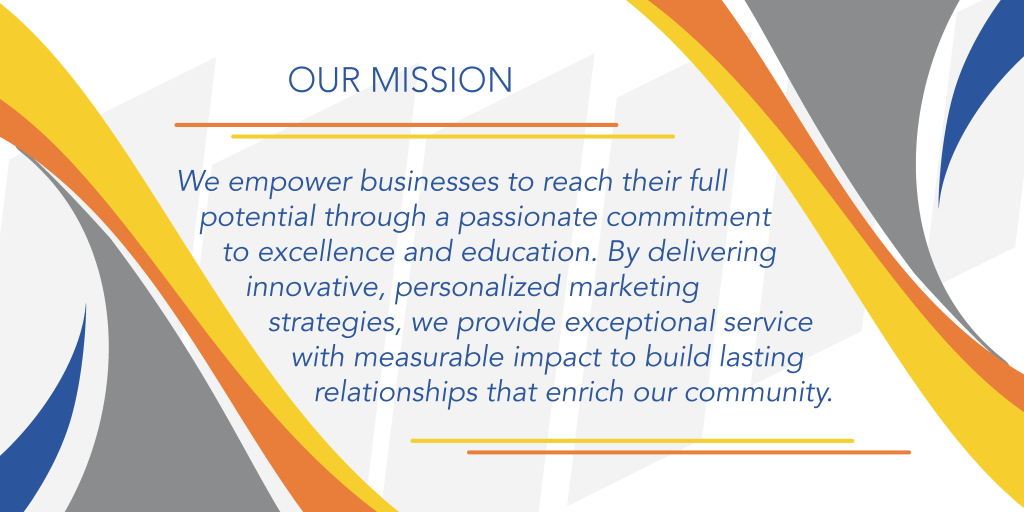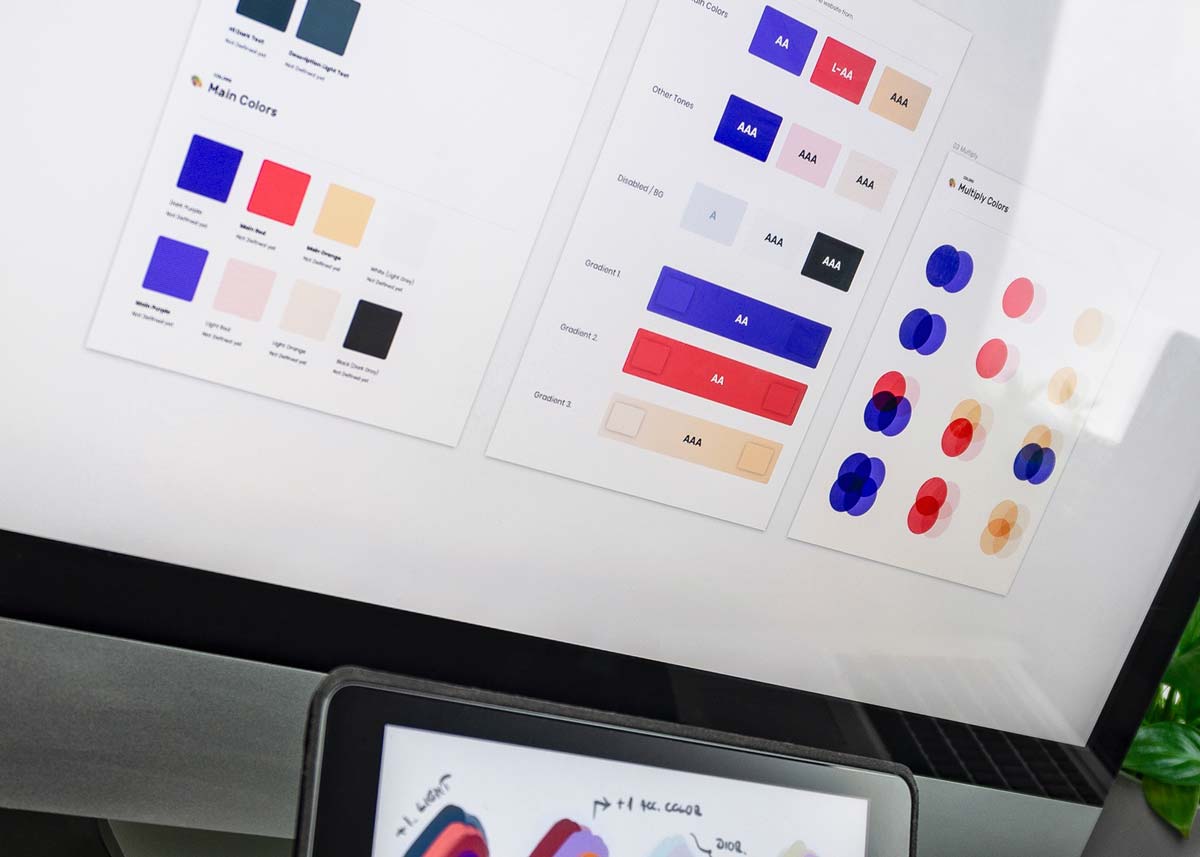Building a strong brand identity isn’t just about having a beautiful logo or catchy tagline – it’s about creating a cohesive story that resonates with your audience. At Paragon Marketing Group, we understand that to achieve brand identity success, you need to think strategically and consistently execute across all touchpoints.
How to Set Up Your Business for Brand Identity Success
Your brand identity is the foundation of your business’s success. It’s what sets you apart from competitors and creates lasting connections with your customers. Here are key strategies to strengthen your brand identity:
Start with Your Core Message

Before diving into design elements, clearly define your brand’s values, mission, and unique value proposition. This foundation will guide all your branding decisions and ensure your message remains consistent across different platforms.
For example, at Paragon Marketing Group, our mission statement is as follows:
“We empower businesses to reach their full potential through a passionate commitment to excellence and education. By delivering innovative, personalized marketing strategies, we provide exceptional service with measurable impact to build lasting relationships that enrich our community.”
Paragon marketing Group’s Mission Statement
At Paragon Marketing Group, we consider our mission statement in everything we do.
Key Takeaway: A well-defined core message is the compass that guides all brand decisions.
Create Visual Consistency

Professional graphic design plays a crucial role in brand identity success. That’s why you need comprehensive branding materials that tell your business’s story effectively. These aren’t limited to but can include the following:
- Company logo
- Color scheme
- Business cards
- Marketing collateral
Having consistency with all your branding materials will help build recognition and trust with your audience.
Key Takeaway: Consistent visual elements build brand recognition and customer trust.
Embrace Digital Presence

Your website is often the first impression customers have of your brand. Nearly 85% of today’s consumers agree that a professional web design is vital for credibility. That means your digital presence needs to align perfectly with your brand identity while providing an engaging user experience.
Key Takeaway: A professional website is crucial for establishing brand credibility in today’s digital world.
Leverage Multiple Channels

Brand identity success comes from consistent messaging across all marketing channels. Whether through video content, social media, email marketing, or traditional advertising, each touchpoint should reinforce your brand’s core message and visual identity.
You can achieve this in small ways like using the exact same business name across each of your social media channels. For example, rather than using the names “Paragon” or “Paragon Marketing,” we use the title “Paragon Marketing Group” as our name on all of our social media channels.
Key Takeaway: Multi-channel consistency amplifies your brand’s impact and reach.
Maintain Brand Guidelines

Establishing clear brand guidelines helps maintain consistency as your business grows. These guidelines should cover everything from typography and color usage to tone of voice and imagery standards.
When someone opens an email or receives a mailer from your business, they should immediately know that it’s from you. The fonts, colors, designs, and even tone of the message should match your brand and be so identifiable that there is no space for doubt that it is from your company.
Key Takeaway: Brand guidelines are your blueprint for maintaining consistency as you scale.
Here’s a Quick Recap:
- A well-defined core message is the compass that guides all brand decisions.
- Consistent visual elements build brand recognition and customer trust.
- A professional website is crucial for establishing brand credibility in today’s digital world.
- Multi-channel consistency amplifies your brand’s impact and reach.
- Brand guidelines are your blueprint for maintaining consistency as you scale.
Remember, building a strong brand identity is an ongoing process that requires attention and dedication. With Paragon Marketing Group’s expertise in graphic design, web design, and comprehensive marketing strategies, we can help your brand stand out in today’s competitive marketplace.
Want to take your brand identity to the next level? Please contact us by visiting our website or calling us at 262-443-9092 to learn how we can help tell your unique story through strategic branding solutions.











